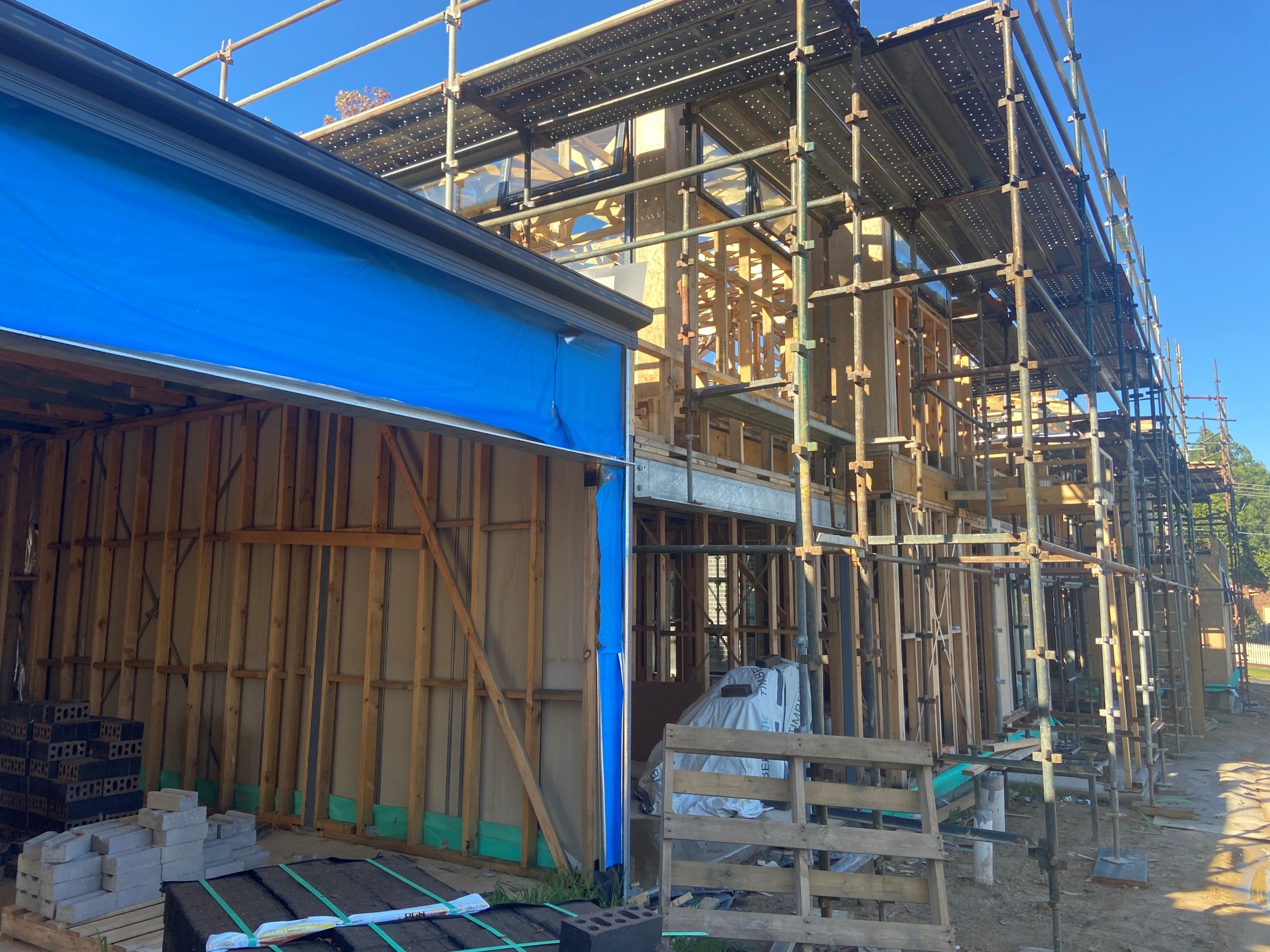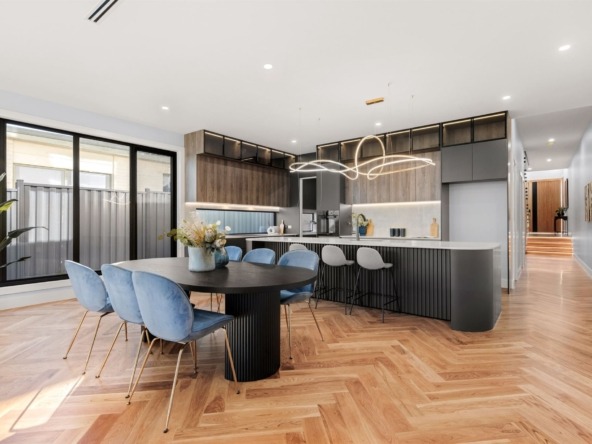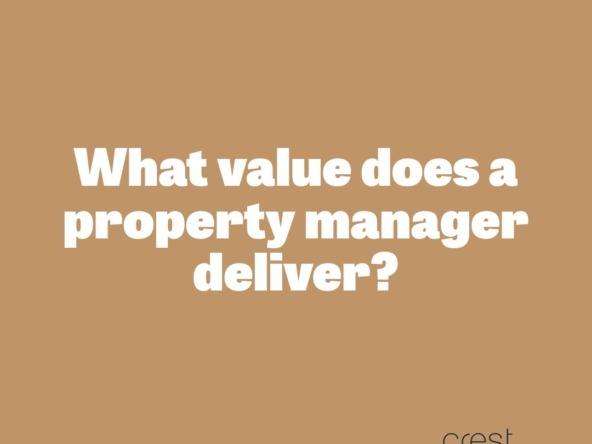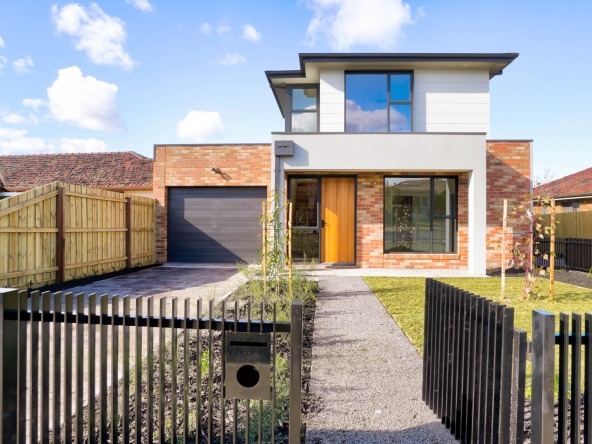What is a construction loan? When buying a house and land package, its generally required to purchase it in a two-part contract. You essentially sign and pay for the house and the land separately, even though the purchase is combined.
If you have purchased the land titled or off the plan, the next step is to settle the land purchase. Once owned, the builder will start to apply for build permits, prepare the site for construction and then get building. Before the builder commences their activity to do so, they will wait until the buyer has an approved construction loan. The construction loan will be established so the bank pays the builder at various stages to fund the construction.
In this market insight, we aim to provide you with some information on what a construction loan is, how it works (generically) and how the progressive payment occur and what stages each payment is processed. There are a number of advantages and disadvantages to using a construction loan. This will help buyers in advance when purchasing a house and land package on a two-part contact basis.
What is a construction loan? / What does it mean?
A construction loan can be used to borrow funds from a lender to build a new home or undertaking home renovations instead of buying an established property. These loans were designed for home builders to withdraw instalments of funds from a pre-arranged loan amount and paid at specified stages of construction.
You may consider using a construction loan when doing the following:
- Build a new home on a block of land you already own
- Purchase a vacant block of land and build a new home on it
- Complete major renovations to a property you already own
How does a construction loan work?
Construction loans differ from a traditional home loan. If you bought an established or second-hand home, the buyer would fund the purchase with a traditional home loan (or cash if they are so fortunate to have that much). A traditional home loan is a once-off lump sum of borrowed money from a lender used to specifically purchase an established home.
When building a new home, the fund is manged differently. When building a house, buyers will need to pay for it in instalments rather than a one-off payment. Different amounts of money are paid at different periods throughout the construction process to pay the builder as the progress through the construction. On this basis, a construction loan assists the buyer to pay the builder at predetermined stages as outlined below.
How do progressive payments occur?
Once the construction loan is approved, the builder will commence construction. Lenders will start paying progressive payments after each stage has been completed and reviewed. Here are the predetermined stages for payment.
Construction stages:
- The concrete slab or base stage
- The frame stage
- Lockup stage
- Fixing stage or fit-out
- Practical completion
- Key handover – final stage
Prior to key handover stage, the bank/lender will employ a valuer to the property to inspect the home before processing the final payment. To learn more about the construction stages, please visit our market insight article – Construction stages of building a home.

What are the advantages and disadvantages?
Advantages of a construction loan:
- You will incur lower interest payments – The fortunate opportunity is that you only pay interest on the loan drawdown amount. As the construction stage advances, the loan will accumulate to the full loan amount you’ve been approved for. You only pay interest on what you have borrowed rather than the entire loan amount. For example, if you are just under half way into the construction the accumulative loan balance may be $185,000 however your total loan amount will be $325,000. You will only be paying interest on the $185,000 not the additional amount of $140,000 ($325,000 – $185,000 = $140,000).
- Financial security – A construction home loan provides some control over releasing excess funds. If a stage is not complete, you do not need to drawdown on the loan until its finished. It helps you maintain some control with the builder, an ensures you don’t pay more than you should be.
- Ability to make extra payments – Most banks/lenders generally allow you to pay extra amounts by reducing the home loan. This helps a a buyer or borrower pay less interest during the construction phase.
- You are the developer – Looking at building a new home and funding the construction puts you into the driver’s seat as an acting developer for your very own project. You will be cutting the middle-man out and allowing to buy a house and land directly ona more wholesale basis. This will offer a cheaper purchase than other ways such as a one-part contract.
Disadvantages of a construction loan:
- Accessing additional funds – If you choose to make some adjustments during a build, you will not have the flexibility to draw down extra payments or access funds earlier to fund the changes or to speed the build up. Having a full turn-key house is our preferred preference when recommending house and land packages to buyers. They can provide fixed pricing, provide a full range of inclusions and cover issues such as permits, fencing, site costs etc.
- You may experience a building delay – This is not what anyone wants, including the builder. In some circumstances there may be a building delay that is out of everyone’s hands. Some examples maybe a lack of supply materials, poor weather etc. In these situations, you’ll still be responsible for paying interest on the accumulative loan balance, even if work has slowed our paused.
- Paying interest on a property that you can occupy or lease – This is a common frustration withy buyers. They are aware that this can be a cost effective way to purchase a house and land package, but they aren’t always happy paying interest on a loan when the property is not ready to occupy or lease out.
- Time to process a construction loan – Traditional home loans are generally easier and faster to process from a bank/lender’s perspective. The administration process for a construction loan can take additional time due to some additional complexities. This is whey we reiterate the use of having a professional mortgage broker to help you make this a seamless experience. The issue is not that it’s a harder application process, it’s more that a bank/lender needs more proof of what you have purchased. They will ask for other items including, working drawings, build permits etc, before formally approving the loan.
- Timing to commence construction – Builders generally won’t start applying for build permits or employing draftsman to complete working drawing until thee buyer has proof of funding. This can sometime cause a commencement delay in the build. Most builders work as fast as possible, but there is a sequential process to adhere to. At Crest Property Investments, we specialise in house and land packages. We work very closely with clients making the buying process easy as they have a visual of steps to work towards. We also provide a concierge service where we work along side the buyer from start to finish.

How to apply for a construction loan?
Applying for construction loan is different to submitting for a traditional home loan. There are some additional supporting documents required and some other items needed for the bank/lender to review. In these instances, we recommend consulting a mortgage broker. They can review your circumstances, the lending landscape and provide comprehensive advice when applying for the loan. During the construction period, having a mortgage broker to request payment at each build stage is also very helpful in ensuring the buying experience is a positive and enjoyable.
Want to buy a house and land package?
At Crest Property Investments, we specialise in sourcing brand new and off the plan properties for buyers. We have been working with many buyers from first home buyers, owner occupiers and savvy investors purchase a suitable home that will allow for this growing trend. If you’d like some assistance in buying the right property, please don’t hesitate to contact us. We welcome the opportunity to help you make the best property decision.
Our YouTube channel is also a helpful resource to learn and listen about other property tips.
While we have taken care to ensure the information above is true and correct at the time of publication, changes in circumstances and legislation after the displayed date may impact the accuracy of this article. If you want to learn more please contact us. We welcome the opportunity to assist you.
June 2022




